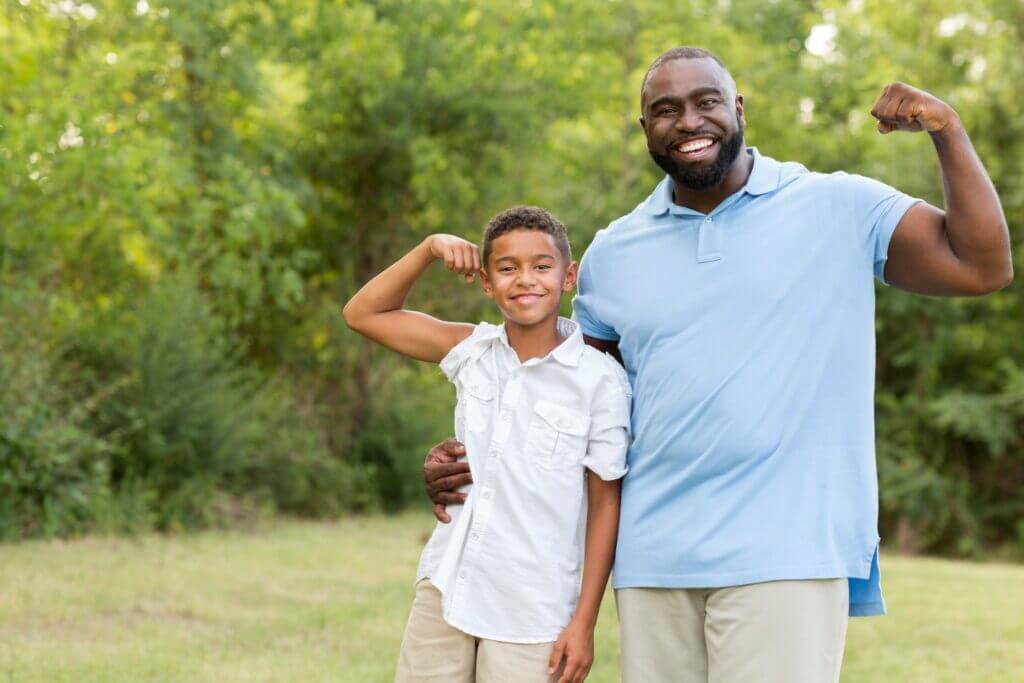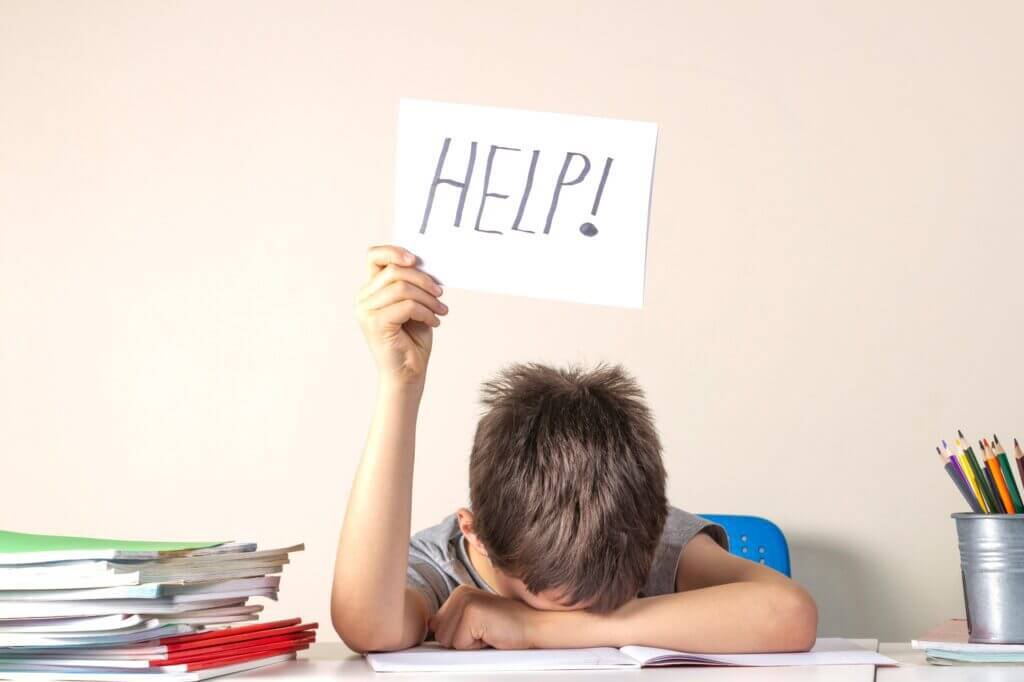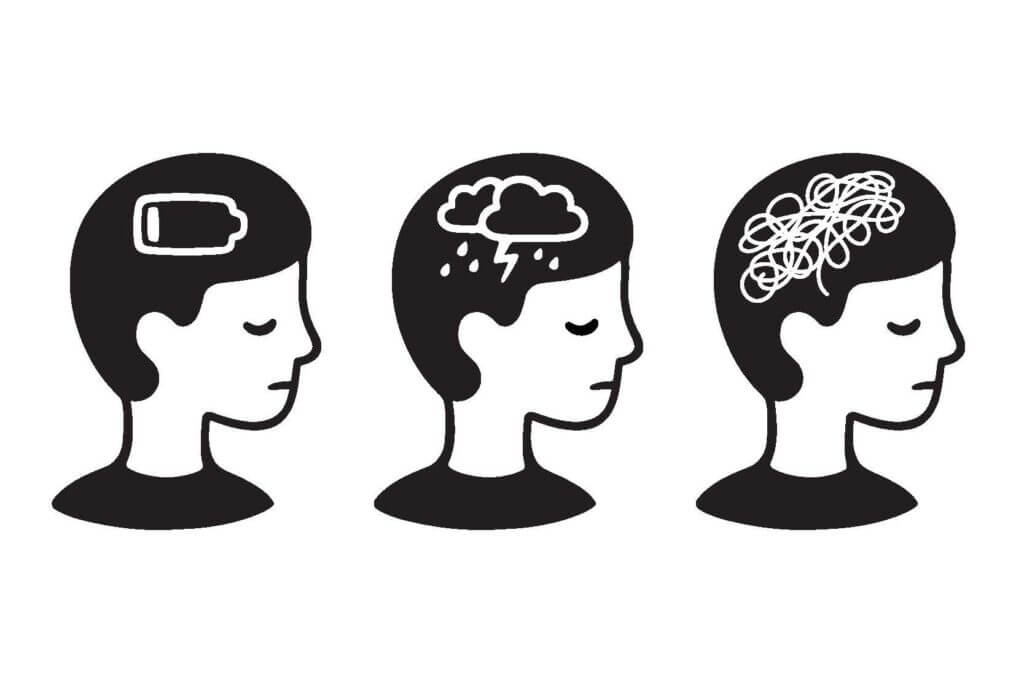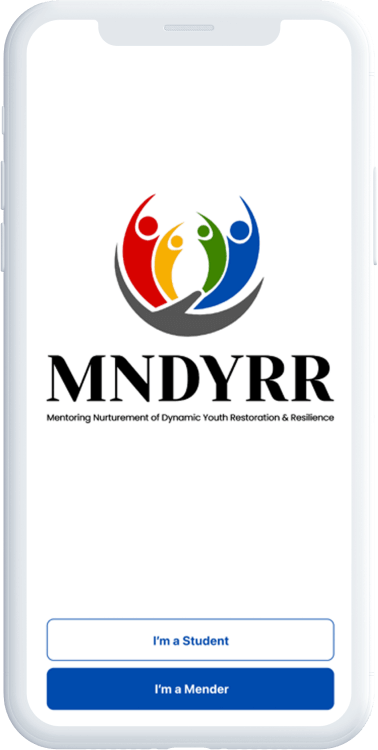“Many of our kids aren’t going from 0 to 100 in the blink of an eye like we think. In fact, they’re really going from 80 to 100, because their adverse childhood experiences don’t allow them to get to zero. Knowing and understanding this will shift our approach in working with them.”
-James Moffett Jr.

The concept of resilience has become commonplace throughout trauma-informed literature and TED talks in recent years, but the term’s popularity has mixed implications at this critical juncture. Many associates the term with being mentally strong enough to overcome life’s obstacles, but that’s only the outcome of the process. For example, people often mistake my story as just a survivor who was wired differently. “Some kids have it, and some simply don’t,” I’ve been told. Unfortunately, it’s not that simple. The complex nature of our environments means that some children are supported through their formative years, and others simply aren’t or slip through the cracks altogether. Yet, society expects children living through tough circumstances well beyond their control to self-regulate their emotions without proper guidance along the way. As I mentioned in a previous article, our brains are beautifully diverse, which means one child’s resilience is another child’s temporary meltdown given the same situation. The only realistic way children and adolescents can handle their emotions is for us to 1) validate their plight by listening, 2) seek assistance on their behalf, and 3) offer to help them discover proper coping mechanisms.

Of course, helping each child through the process of forming a healthy, resilient mind is easier said than done and requires more than a parent or a kind-hearted teacher to achieve. Plus, the process has to be multiplied by a factor of how many children are in need of such services. That thought alone can be overwhelming, which is why the MNDYRR app is necessary to ensure kids get the help they need without bureaucratic or resource-related delays. By linking social connections at the local level, MNDYRR offers a solution to streamline the process and close the gaps. Acknowledging, then addressing the mental health status of the child is the ideal starting point. Again, MNDYRR will address this challenge in a bias-free and judgment-free way largely conducted by artificial intelligence (AI) and advancements in healthcare tech data analysis.

Oftentimes, it’s difficult for children or teens to articulate what is going on in their heads, so it seems impossible to pinpoint a solution. Yet, children are naturally resilient and we must tap into that through positive measures to make meaningful impacts throughout their formative years. Otherwise, the aftermath will most certainly not benefit the citizen or the society-at-large. Children feel slighted when the system fails them, which it too often does. The unintended ripple effect means that resilience will form with a mixture of mistrust, acting out or downright rebellious actions that land them in the juvenile detention system. The resilience that society expects of them can be in the form of a favor returned by a society that refuses to give up on them altogether.

Furthermore, the bureaucracy of paperwork contributes to the burnout of our most needed professionals on the front lines of child welfare. Once this person leaves, the child may see that as yet another person who has abandoned them if the resignation abruptly occurs. Whether it’s social workers or school therapists, the amount of paperwork they take home doesn’t lighten the ever-expanding loads they carry. Many go home recounting the overwhelm they faced throughout the day to document for proper record, justification, or compensation. The noble reasons they went into the role don’t assist through a career-long journey as external influences (legal and political) place more burdens atop the ones they aim to cure. Again, MNDYRR steps in to assist both mental health and social work professionals with often post-work hour documentation to allow them to reclaim time meant for their needs.

The path to resilience is a life-long learning process, and some days are going to be better than others. For children’s sake, the objective is to learn that it does indeed get better, and they already possess the mental strength to get through their toughest times. However, they can’t be expected to do it alone or just work it out. To start, we must build their resilience by offering coping mechanisms and helping them talk through what may be happening to improve their response to stimuli. Resileince must go beyond being in constant survival mode. This psychological trauma-induced response will eventually exhaust their mental state and leave them as broken adults. However, that toxic form of resilience doesn’t have to be the case. Our first non-tech response is to show empathy for their situation and feel compelled to . From there, your ingenuity alongside the MNDYRR app can help build the resilience necessary for youth to thrive today and beyond.

Adam Starks, Ph.D., is the Founder & CEO of MNDYRR Technologies, Inc., a professional speaker, and author. For more information, please visit https://mndyrr.com and https://adamstarks.com.





